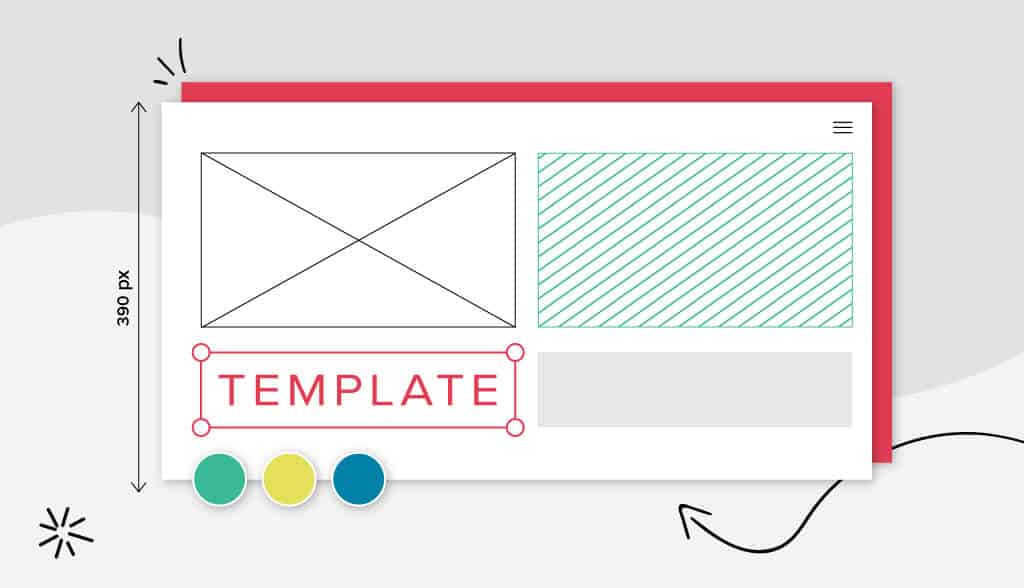
If you’re looking to create a logo for your business, then you’re in the market for a strong logo design brief.
Whether you create your logo on your own, use a logo generator (like us!) or work with a designer, having a thorough logo design brief will make sure you come out with a logo that accurately represents your business.
As you’re creating your brief, try to think about what your business stands for and the values that drive it. You need a design that will encompass these traits, using size, color, feel, etc.
So, with that in mind, let’s take a look at how to create a logo design brief that will help you get the perfect logo for your business!
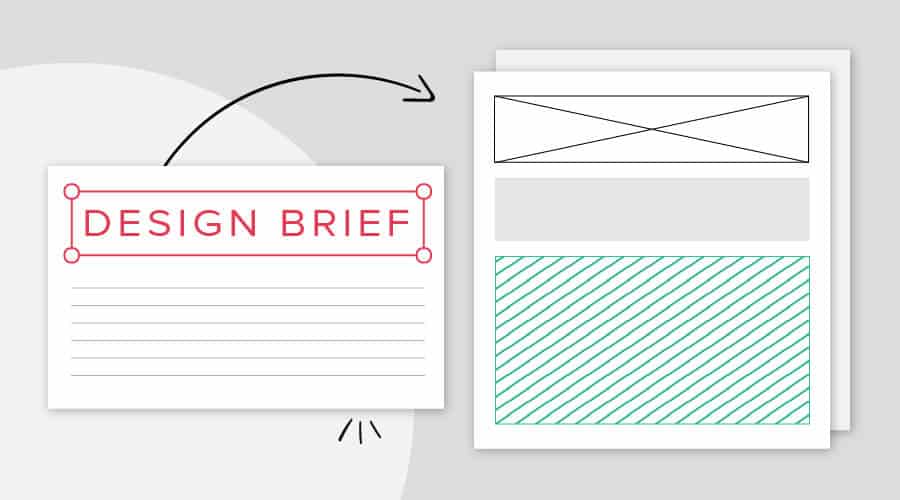
By the end of this post, you should have all of the information you need to either create a logo for your business, or have a designer do it for you.
It starts with defining what your business is and who it serves:
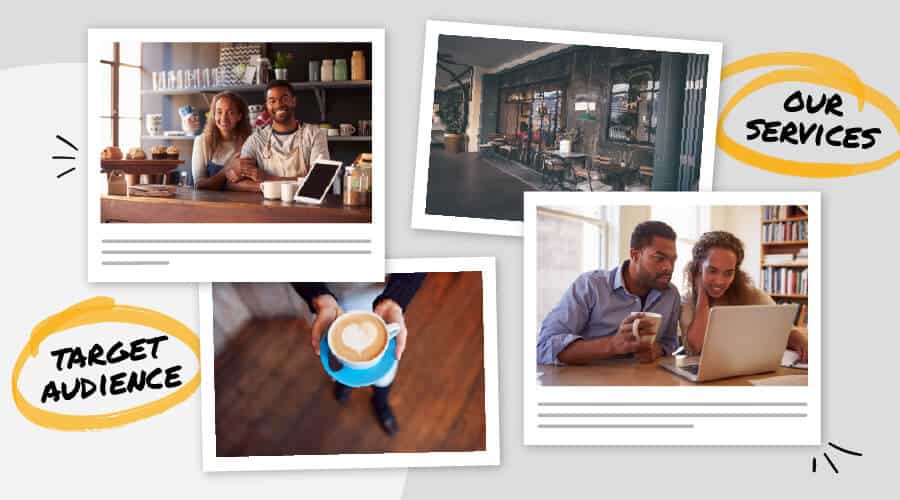
In this part of the design brief, you’re going to start by defining your actual business. Write down the name of your business (and tagline, if you have one), what you offer, what your goals are, and who your customers and competitors are.
Before diving into the deep end of logo design, you should start with the name of your business and slogan or tagline. There’s more to designing a logo than you might think, and all the details that you include now will help the person reading your brief – even if it’s you – create a logo that accurately represents the vibe of your brand.
When writing down your business name, be sure to include any specific capitalization requests and spacing needed in the title — for example, Ben’s Doughnuts vs. ben’sDoughnuts.
A good designer knows how to draw; a great designer knows how to help target your customers and users. In this section, you’re basically creating a design goal. Include 1-2 sentences about who you or your team (if applicable) are, and which products/services you offer.
Here’s an example of an “About” section for a waterbirth-assistance business:
We are a team of midwives who are the go-to service for home waterbirth assistance. From providing inflatable baths to teaching hydrotherapy techniques, we help with every stage of the birthing process until delivery
What is the “why” behind your business – the reason you started it? Think about the deeper goal that’s motivating you to take the plunge. This could help a potential designer understand some of the values behind your business, in addition to simply clarifying them for yourself so you understand what you want your logo to stand for.
A goal could be something like this:
To provide an empowering, safe, and relaxed birth environment for expecting mothers on the east coast.
Who is your logo actually meant to attract? As in, who is this person that your business was created to serve? Write 1-2 sentences and try to get specific here. Include details like demographics, hobbies, interests, and/or values.
For example:
Expecting mothers living in the tristate area who are open-minded and health conscious. They are from low to middle income backgrounds, and they’re looking for a way to ease the stress of their first or subsequent births.
This will allow you to take stock of some of the other logos out there, and see how your competitors use their designs to draw in their target audience. And, if you work with a designer, listing competitors will give them a chance to get to know your niche if they don’t already.
By now, some basic design elements may be taking shape in your mind. Let’s go ahead and get those on paper, too!
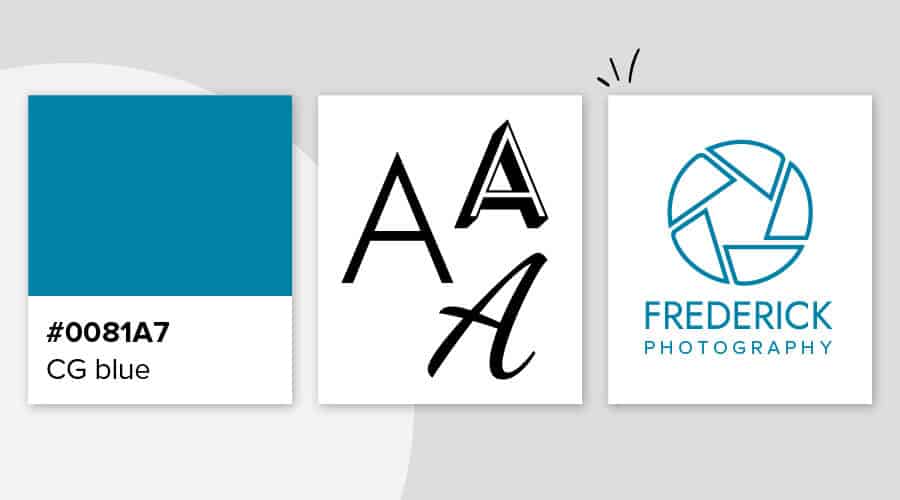
Imagine a designer looking at your brief. So far, they have an idea who and what your business is. Now, you’ll want to focus their creativity with a nudge in the stylistic direction that you want, while still allowing them the freedom to do what they do best.
There are several types of logos, but the main distinction is that some logos have icons while others are purely name-based. Decide if you want an icon-based logo (a logo that includes a symbol or shape) or want to leave it as just your business name.
To do this, try thinking of your logo as having a personality; which adjectives would you use to describe it?
Here are some of the main adjectives that can express the look and feel of your logo, and what they mean in terms of logo design elements. For the best results, choose between 1-3 traits, but try to stick to 2 if you can.
Modern | Modern designs often feature clean lines and are quite lean |
Classic | If you want something more retro, think classic design |
Minimal | Often seen with legal firms, these logos contain the bare minimum of design and rely on their name |
Complex | Creative companies or event companies can express their art with a complex design |
Serious | Funeral homes want to portray a calm and serious business to mourning clients |
Playful | Businesses aimed at children will want to choose a fun, carefree concept |
Loud | Get in peoples’ faces and grab their attention with a lively logo |
Subtle | Depending on your need, you may want a quieter, softer approach to your logo |
Colors have different meanings, so you’ll want to choose colors that help convey the traits you outlined in the section above.
If you have zero preference on the colors used, say so! Whether you’re working with a logo maker or a designer, this will allow them to unleash their full creativity. But, sometimes you may be constrained by brand design details that already in place, or maybe you happen to love a color that you saw elsewhere.
Either way, it’s ok to add your color preferences. Make sure to include the color’s hex code, so you get the exact shade that you want.
Last up in the design section of your logo design brief: Your font choice. There are a ton of fonts to choose from, and it’s okay if you don’t have a specific one in mind yet. Do your research about the different font families out there to get an understanding of what each type of font represents.
You can always include the name of a family to give an idea of the general style you have in mind, and either you or the person/software you work with will narrow it down to a specific font later.
If you need to give your imagination a kickstart, head over to Google or Pinterest and start typing whatever comes to mind when thinking of your business or industry! This will help you get some logo design inspiration, and you can attach specific images that inspire you to your brief.
You don’t have to stick to images of logos; any visually-inspiring thing that represents some kind of aesthetic that you like is fair game, like color palettes, signs, scenery, etc.
Once you have all of this laid out, it’s time to outline the actual scope of your project.
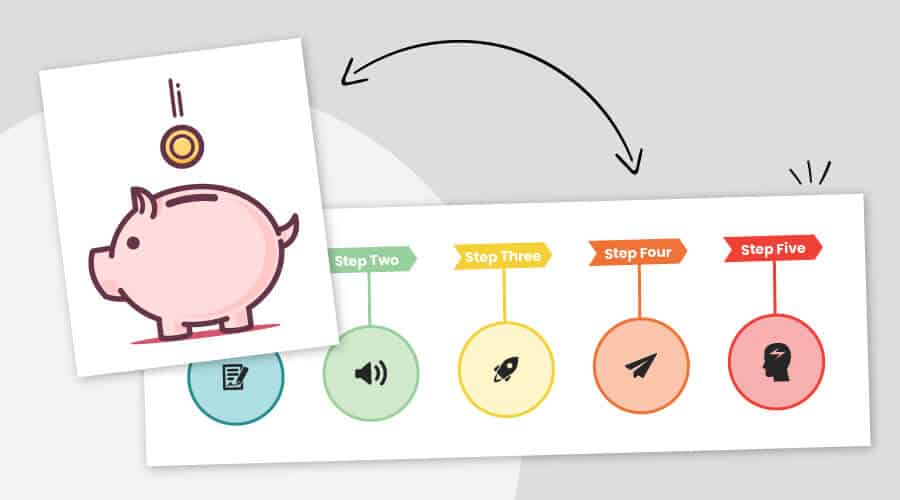
Try and give as much time as possible (or at least a realistic timeframe) to you and/or your designer. Your logo design may need some revisions, and, if you do work with a designer, you’re probably not their only client.
So, by giving as much time as possible, you’re allowing them to plan and design effectively.
(And, if you’re in a time crunch, you should consider using an online logo maker to design your logo in just a few minutes!)
Stick a date on the logo design brief that you can work with, and make sure to give enough time for potential revisions.
Be honest and truthful with your budget from the very beginning! Designers understand that you’re often restricted by how much you can pay. But if you’re paying too little, don’t be surprised if you get what you pay for.
A few budgeting tips:
– Learn to be upfront and honest when talking about money
– Choose to pay ‘per project’ or ‘per hour’ beforehand
– If hourly, ask for a time estimate
– Decide on the number of re-designs allowed (will they be included in the price?)
– Include the number of revisions you’ll expect to get for your budget amount, to help clarify both your and your designer’s expectations from the get-go.
We’ve attached a downloadable logo design brief template to help you outline everything we just covered! You can use the filled-in template as a rough blueprint for what your logo design brief should look like, but feel free to make adjustments as needed for your specific business and brand.
Download the template, and start putting your logo thoughts on paper!
Remember, the more detail and information you put on your logo design brief, the more your final logo design will be in line with your brand and the message you want to give over to your audience.
Whether you’re working with a designer or using a logo cretor, a detailed design brief is the first step to getting yourself a logo that will help attract attention and put your business out into the world.
Want some inspiration before you begin working on your design brief? Head over to our logo maker and type in your brand name; it’s free to try, and it’ll give you some logo ideas to help you get started!
This portion of our website is for informational or educational purposes only. Tailor Brands is not a law firm, and the information on this website does not constitute legal advice. All statements, opinions, recommendations, and conclusions are solely the expression of the author and provided on an as-is basis. Accordingly, Tailor Brands is not responsible for the information and/or its accuracy or completeness. It also does not indicate any affiliation between Tailor Brands and any other brands, services or logos on this page.
Products
Resources
©2025 Copyright Tailor Brands